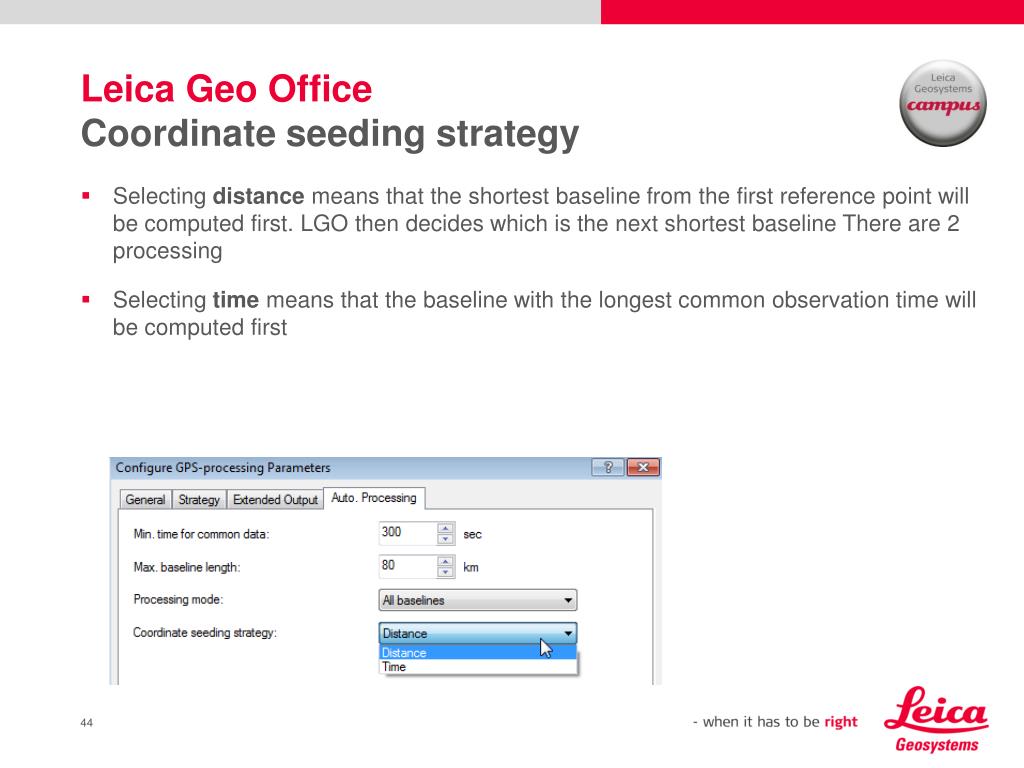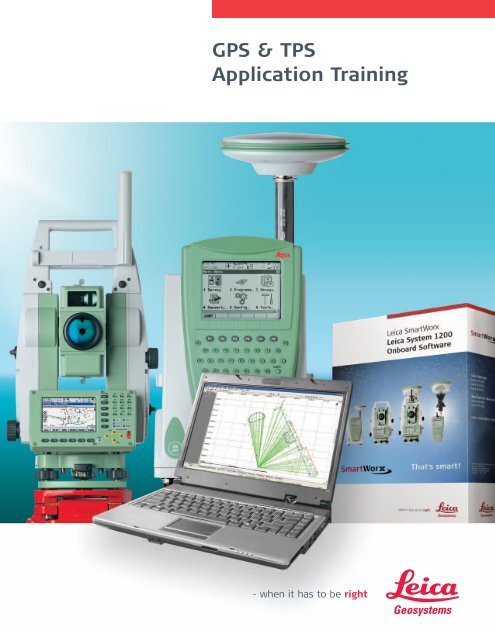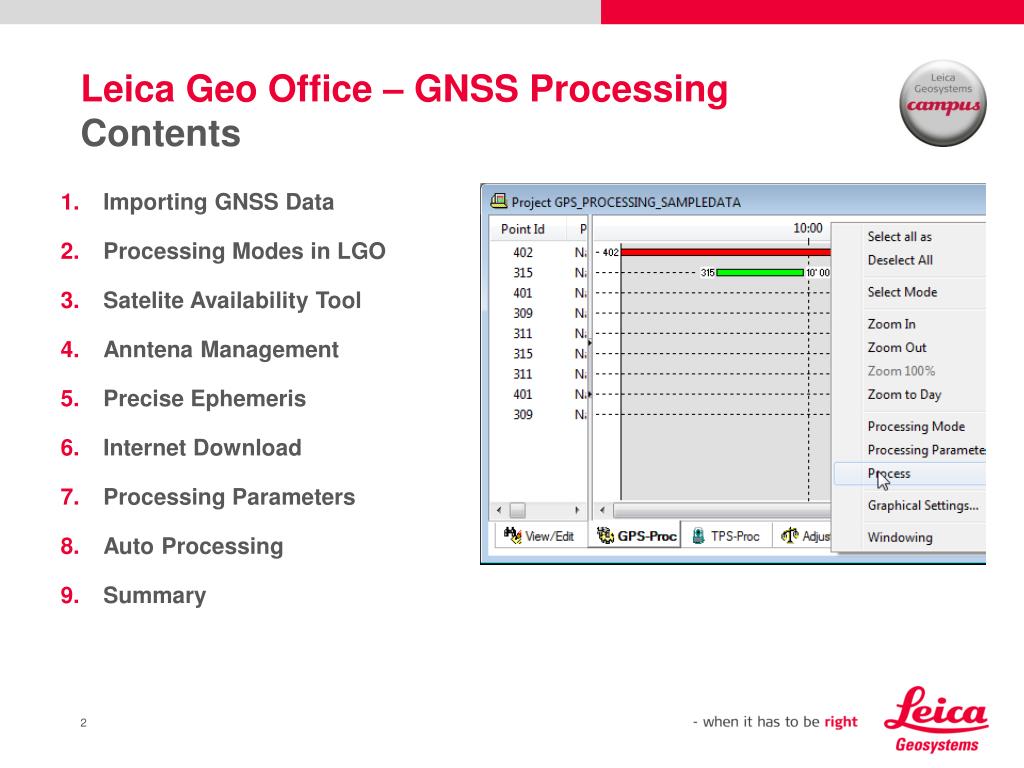

The estimated displacements of the u-blox on the slide are analyzed and compared with the imposed displacements. The data are again processed by hourly sessions. The geodetic and the other u-blox (at about 130 m) act as references. One u-blox is installed on a device (slide) that allows to apply controlled displacements. Then, a network composed of one geodetic and two u-blox receivers is set up.

In the first, a baseline (65 m long) between one geodetic reference receiver and one u-blox is continuously observed for one week: the data are processed by hourly sessions and the results provide comparisons between two processing packages and a preliminary accuracy assessment. In this paper the accuracy and the reliability of low-cost u-blox GNSS receivers are experimentally investigated for local monitoring. Usually, GNSS geodetic receivers are adopted and provide results with accuracies at the millimeter level: however, they are very expensive and the initial cost and the risk of damage and loss can discourage this approach. A local permanent GNSS (Global Navigation Satellite Systems) network can be installed: receiver positions in the interest area are estimated and monitored with respect to reference stations. Leica GNA03 Level – 0.The geodetic monitoring of local displacements and deformations is often needed for civil engineering structures and natural phenomena like, for example, landslides.

Leica MS50 – 1” Robotic Total Station (with scanning capability).



 0 kommentar(er)
0 kommentar(er)
